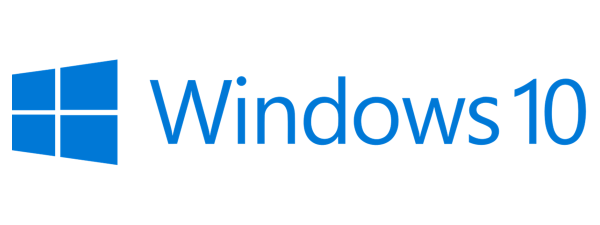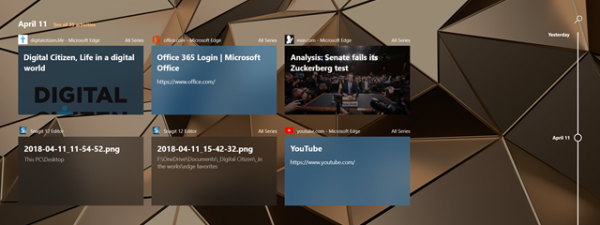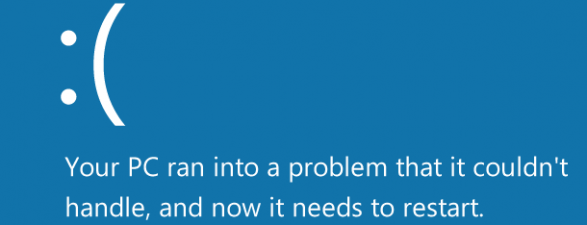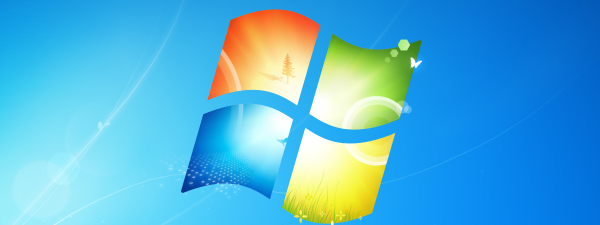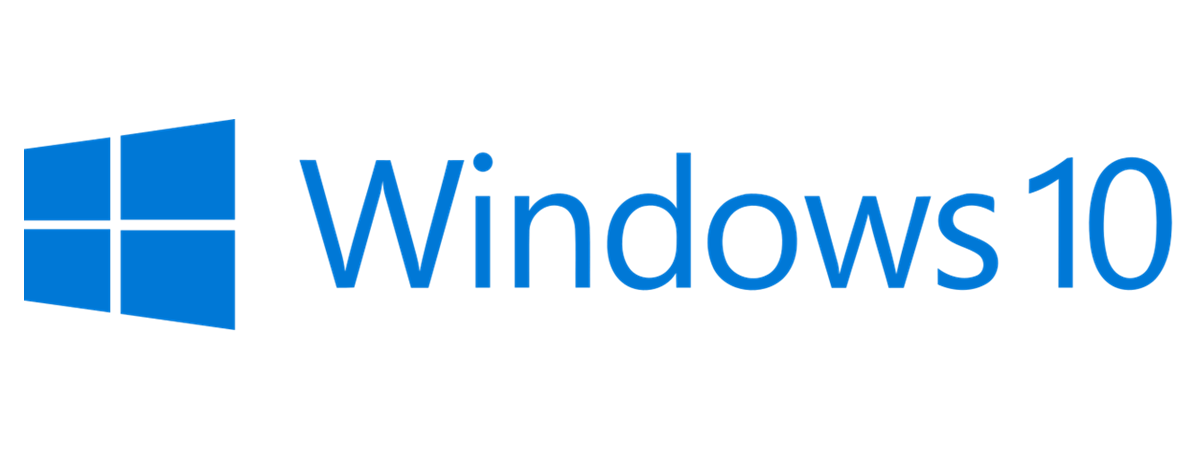
While Windows 10 is regularly growing and evolving with new features, apps, and improvements, some things about it are not so great. We are not trying to be perfectionists, but there are more than just a few things that Microsoft could change or improve in Windows 10. Some of our complaints are small, while others are significant. Yes, we use Windows 10 daily, we write many articles about it, and we appreciate what we can do with it. However, many people think that Windows 10 sucks, and for good reason. Here's why:
1. Poor quality updates wreak havoc on Windows 10 PCs
With Windows 10's updates, Microsoft seems to have lost its way. The company regularly pushes buggy updates on its users, which break random things. There are Windows 10 updates that make Bluetooth devices disappear, show strange warnings, provoke unusual processor spikes that make Windows 10 run slow for no apparent reason, etc. Big updates are even worse, and it seems that Microsoft messes them up even more carelessly. The last May 2020 Update was deemed as an official disaster by many users and tech websites: printers stopped working, Storage Spaces were broken, and drives (including SSDs) were defragged too often. Users also encountered Fresh Start fails, Windows 10 logging you out from Google Chrome, Tablet Mode turning on by itself with no questions asked, and so on.
Furthermore, it is not like people did not complain about these problems: some Windows Insiders pointed out many of the issues caused by Windows 10 updates before they were rolled out to users. However, Microsoft does not seem to listen to what people are saying, or it does so superficially, which is why Windows 10 updates suck so much these days.
If you don't want to have problems with Windows 10 updates, or you wish to at least limit the impact of problematic updates, you can choose to postpone them. Read how to delay Windows 10 updates. You can also remove bad updates from Windows 10. See 3 ways to uninstall Windows 10 updates.
2. Windows 10 sucks because it's full of bloatware
Windows 10 bundles a lot of apps and games that most users do not want. It is the so-called bloatware that was rather common among hardware manufacturers in the past, but which was not a policy of Microsoft itself. When you perform a clean install of Windows 10, you expect it to be clean, with just the basics, but it's not. In Windows 10, you do not only get the operating system, but you also get third-party apps and games that are pre-installed by Microsoft without your explicit consent. The list includes apps and games such as Age of Empires: Castle Siege, Bubble Witch 3 Saga, Candy Crush Friends Saga, Candy Crush Saga, FarmVille 2: Country Escape, Gardenscapes, Phototastic Collage, PicsArt Photo Studio: Collage Maker and Pic Editor, Seekers Notes: Hidden Mystery, The Secret Society: Hidden Mystery, and others alike. For many people, these apps and games are just garbage using precious storage space and bandwidth.
Unfortunately, Microsoft tries to squeeze even more money out of Windows 10 users, even if they paid for their licenses. If you're curious about bloatware and how to get rid of it, read How much bloatware does Windows 10 have? and The fastest way to remove Windows 10 bloatware.
3. You paid for Windows 10. Why should you see ads all over the place?
Microsoft shows advertisements all over the operating system. From time to time, Windows 10 shows ads in the Start Menu, on your Lock Screen, on the taskbar, in the Notifications, and even in File Explorer! What's up with that?
Don't you hate seeing ads in a product that you paid for? If the question "How do I stop pop up ads on Windows 10?" is one of the first things that comes to your mind after installing Windows 10, read Windows 10 ads: How to turn them off from everywhere.
4. The way Windows 10 handles your privacy can be improved
Just like any other major internet company, such as Google or Facebook, Microsoft is not what you would call a "privacy-first" entity. Windows 10 had its share of privacy issues that made users take a reserved stand when it came to installing and using it. That's not to say that Windows 10 does not let you enable or disable all privacy-related aspects. The problem is that all the data it gathers is controlled by a series of switches that are turned on by default in Windows 10.
How many people do you know who understand all these switches and settings, and would bother to go through all the bits from the Settings app or the Windows 10 setup, so that they get the most private user experience possible?
TIP: If you want to see what data Windows 10 sends to Microsoft, use Diagnostic Data Viewer.
5. The HomeGroup is gone from Windows 10, and that sucks!
Microsoft decided to remove the Homegroup feature from Windows 10, starting with the April 2018 Update. Why did they choose to do that? Because Microsoft wants to promote OneDrive. We were disappointed to hear that, as we relied on using HomeGroups to easily share files and folders with the Windows computers found in our local networks. Sure, OneDrive is an excellent service, and sharing things with it is also easy. But what if you do not have internet connectivity at home or if you just don't want to use it?
6. The Settings app doesn't have all the features found in the Control Panel
Microsoft has developed Windows 10 to be a unifying experience, meaning that you should be able to use it just as easily on any kind of device, be it a full-fledged PC, a notebook, or a tablet. To do that, they needed to redesign almost every aspect of the Windows interface to make it touch-friendly. We can all see that Windows 10 has come a long way since its launch date in 2015, but there are still things left to be done. One of the most significant improvements is the fact that not all the features found in the old Control Panel have been ported to the new, touch-friendly, Settings app.
More than five years since the launch of Windows 10 have passed, and there are still settings and options that haven't been moved to the Settings app!
7. The fastest way to enter Windows 10's Safe Mode is from Normal Mode!
Yes, you heard it right! The quickest way to get into Safe Mode on a Windows 10 PC is from Normal Mode! The easiest method is to do it from the Settings app of all places. Does it make sense? Not to us. What's the point, after all? Safe Mode's purpose is to help you repair your computer when it does not work well, and, in most cases, that means it doesn't boot properly either. Sure, there are some other methods to enter Safe Mode in Windows 10, such as interrupting your PC's boot process three times in a row or booting from a Windows 10 USB recovery drive (which you must create beforehand). However, none of them is fast. Wasn't the old F8 method from Windows 7 much more convenient?
8. You can't have different themes and visual elements on different virtual desktops
We also use Linux distributions, where virtual desktops are an old feature that is highly configurable and works smoothly. While we are happy that virtual desktops are present in Windows 10, we do not appreciate the inability to use different themes and visuals for each virtual desktop.
Making each desktop look the way they want helps users be more productive and figure out more easily which virtual desktop they're in. It would be nice to be able to use different icon sets in each virtual desktop, different wallpapers, and so on.
9. The Start Menu doesn't sync between devices
Syncing the Start screen layout between different devices was a great feature that was first introduced in Windows 8. It meant that you could jump from one device to another, and Start would have looked the same. However, Microsoft did not keep this feature in Windows 10. The motive for this decision seems to be that many users want to be able to have different Start Menus on their devices. That may be true, but why choose to remove a feature when you could have improved it? Windows 10 could have offered you the option to decide if you want to sync your Start Menu or not and provide this alternative for people who find it useful.
10. You cannot easily configure File Explorer to start anywhere else but in "Quick access" or "This PC"
File Explorer lets you change the way it starts and which location is loaded at startup. However, you can only choose to make it start in This PC or Quick access. What we do not understand is why Microsoft did not make this feature even more customizable. Why not allow users to set OneDrive as their startup folder? Or one of their Libraries?
We are not saying that you can't do it, but the steps involved are not exactly straightforward. To learn more about this, read How to make Windows 10's File Explorer start in any location you want.
11. You cannot resize the apps list from the Start Menu
The Start Menu is resizeable and also lets you change the dimensions of any tile you pin to it. But you cannot resize the apps list, no matter how hard you try. It would have been nice to be able to have two or more columns for your Apps list. We hope that Microsoft will add this feature in a future update to Windows 10.
12. There is no international version of Cortana, one that works in all countries, in English
Cortana could have been amazing. However, she only understands and speaks a few languages. Even if Microsoft promised that Cortana would evolve and learn new languages over time, that didn't happen as fast as it should have. It also does not mean that the non-supported countries should have been kept away from getting access to Cortana. A better approach would have been for Microsoft to make Cortana available for anyone in the world, even if she spoke only English, for instance. Or French... or any other language that she understands.
Many people all over the world can speak other languages on top of their native ones. So why not include an option for making Cortana available in English for anyone in the world who's interested in using her?
Why do you think Windows 10 sucks?
These are our top dissatisfactions when it comes to Windows 10. If they were to be resolved, we'd be much happier, and enjoy more of our experience with this operating system. Before you go on and close this article, do tell us: what disappoints you most in Windows 10? What is it that you don't like about Windows 10, and what would you want to change?

















